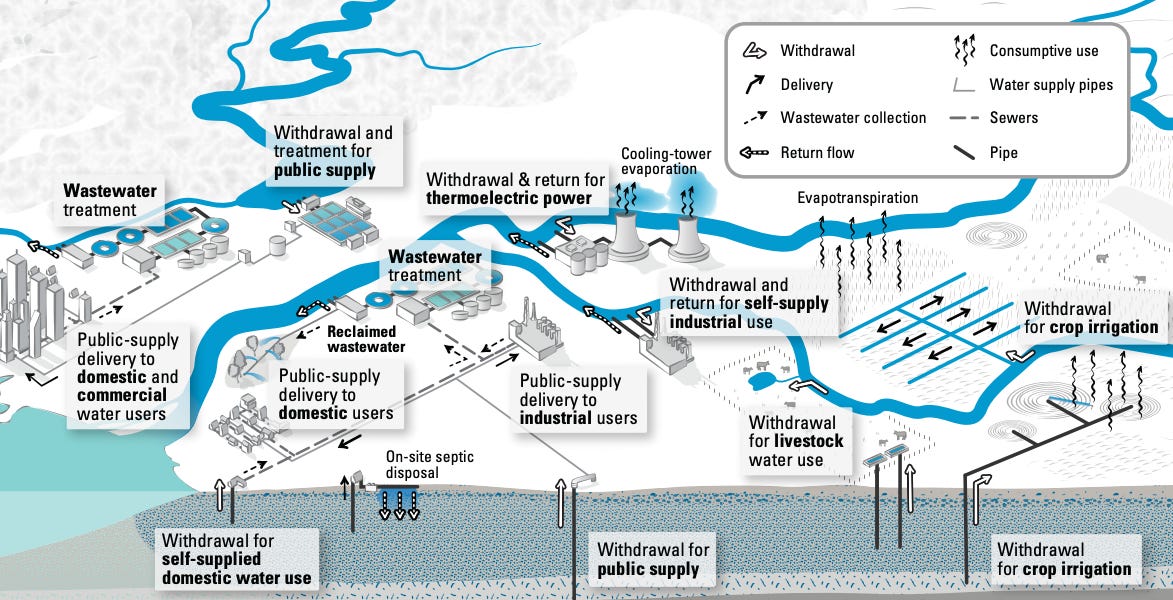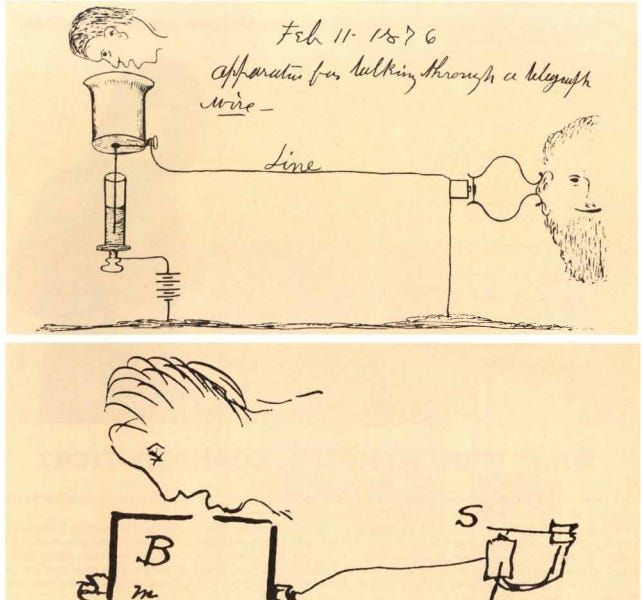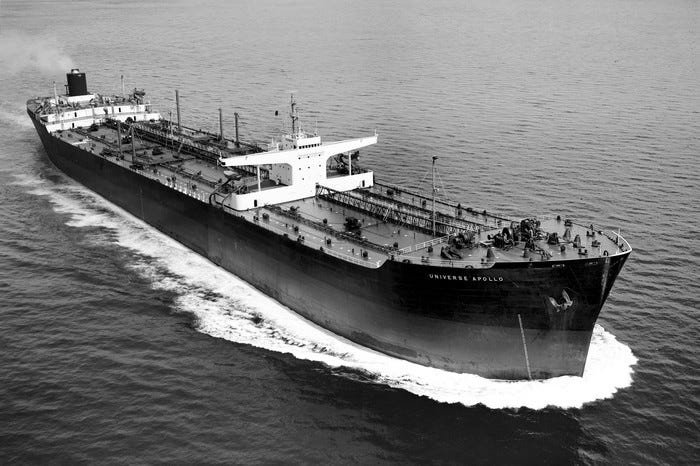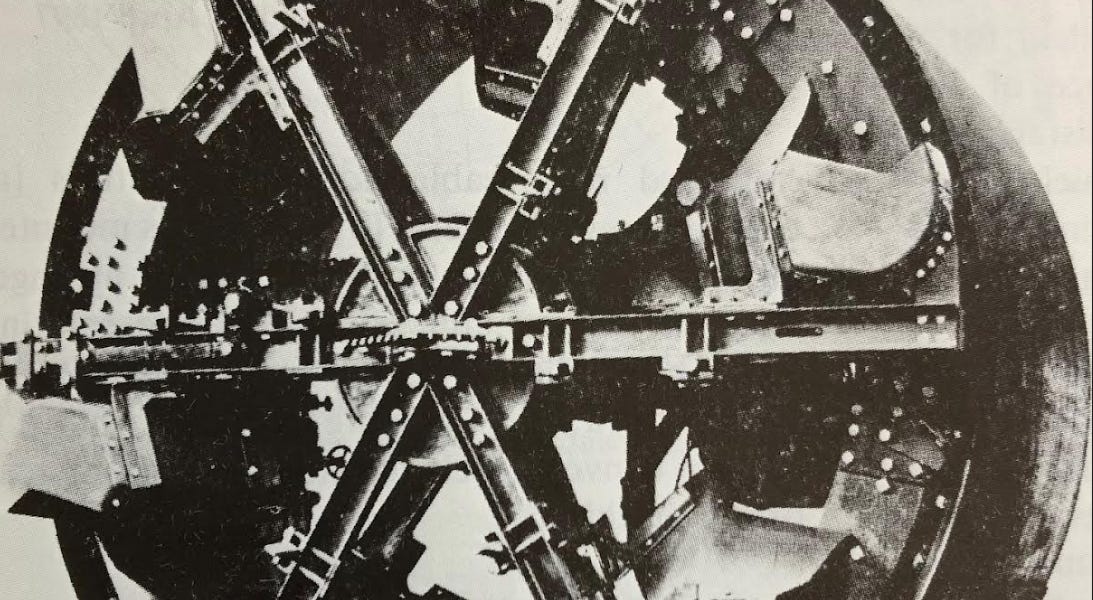Ford's Model T: A Genesis of Efficiency
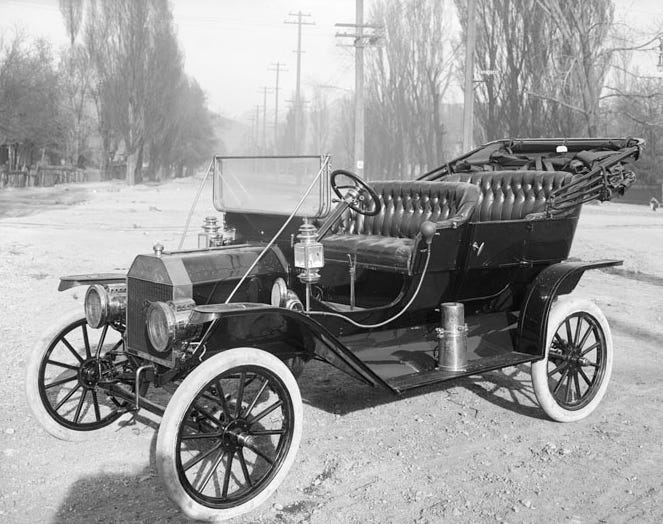
Ford's Model T wasn't an overnight success, but rather the culmination of lessons learned from its predecessor, the Model N. The Model N, with its low price and mass production of interchangeable parts, quickly dominated the market. Ford pushed further with the Model T, employing high-precision machining, single-piece casting of engine blocks, and innovative processes like stamped steel parts, significantly reducing production costs. Simultaneously, Ford pioneered the assembly line, using streamlined process management and continuous improvement to reduce car assembly time from hours to 93 minutes. This ultimately led to the mass adoption of automobiles and revolutionized manufacturing worldwide.
Read more